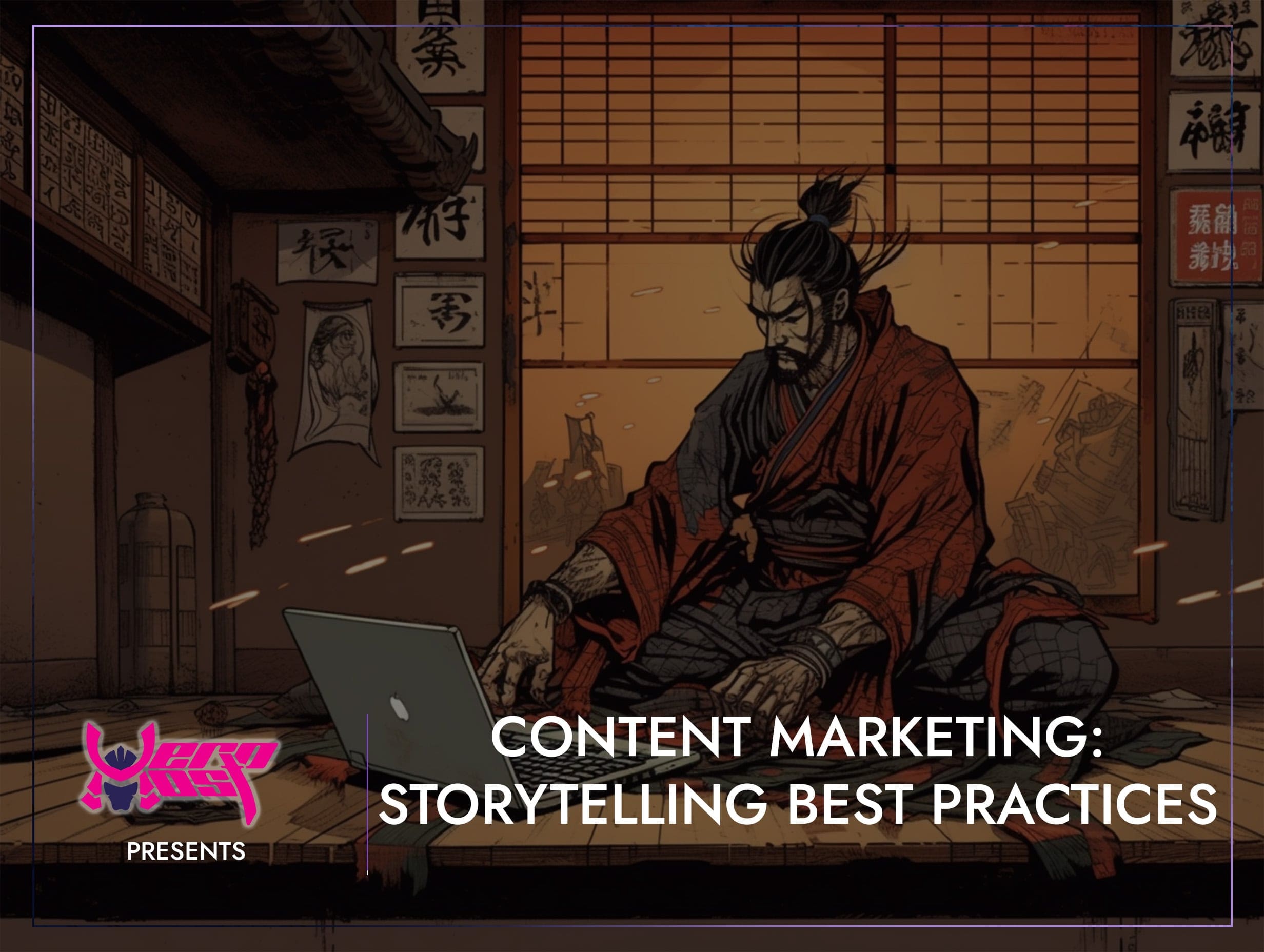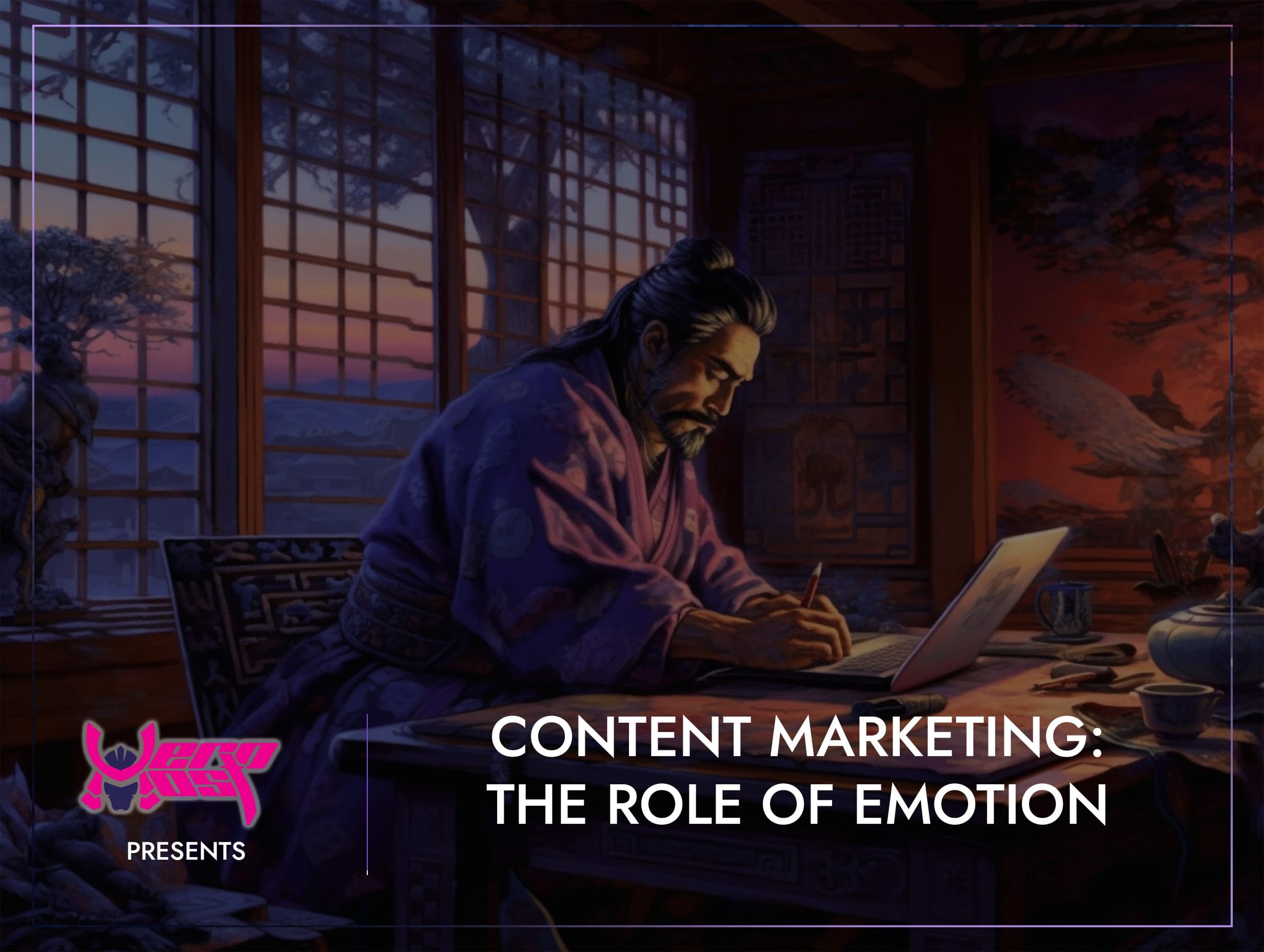Content Marketing: Understanding Your Target Audience
- Home
- Content Marketing
- Content Marketing: Understanding Your Target Audience

- Mikey Ryu
- April 23, 2024
- 0
Content Marketing: Understanding Your Target Audience
In the realm of content marketing, the phrase “know your audience” echoes like a mantra. Yet, it’s not merely a suggestion; it’s a fundamental principle that underpins every successful content strategy. Your target audience isn’t just a demographic; they’re the heartbeat of your content efforts, guiding your messaging, shaping your storytelling, and ultimately determining your success. In this instalment of our content marketing blog series, we’ll explore the intricacies of understanding your target audience, from why it’s essential to how you can effectively decipher their nuances and preferences.
Why Understanding Your Target Audience is Essential
Your target audience isn’t just a faceless mass of consumers; they’re individuals with unique needs, desires, and preferences. Understanding them is essential for several reasons:
Relevance:
Tailoring your content to your audience ensures that it remains relevant and resonant. By addressing their specific pain points and interests, you demonstrate that you understand their needs and can provide valuable solutions.
Engagement:
Content that speaks directly to your target audience is more likely to capture their attention and keep them engaged. Whether it’s through compelling storytelling, educational content, or entertaining videos, aligning your content with their interests fosters deeper connections and encourages interaction.
Conversion:
Ultimately, the goal of content marketing is to drive action, whether it’s making a purchase, signing up for a newsletter, or sharing your content with others. Understanding your target audience enables you to craft compelling calls to action that resonate with their motivations and preferences, increasing the likelihood of conversion.
How to Effectively Understand Your Target Audience
Understanding your target audience requires a multi-faceted approach, encompassing both qualitative and quantitative methods. Here’s how you can effectively decipher their nuances and preferences:
Create Detailed Audience Personas:
Audience personas are fictional representations of your ideal customers, based on research and data. Develop detailed personas that encompass demographic information, psychographics, pain points, goals, and preferred communication channels. These personas serve as guiding beacons for your content strategy, ensuring that your messaging resonates with your target audience.
Conduct Market Research:
Dive deep into market research to gain insights into your target audience’s demographics, behaviours, and preferences. Utilise surveys, interviews, focus groups, and social listening tools to gather qualitative and quantitative data. Analyse this data to identify trends, patterns, and areas of opportunity for your content strategy.
Analyse Audience Behavior:
Leverage analytics tools to track audience behaviour across various touchpoints, such as your website, social media channels, and email campaigns. Pay attention to metrics like page views, bounce rates, time on page, and click-through rates to understand how visitors interact with your content. Use A/B testing to experiment with different content formats and messaging to see what resonates best with your audience.
Engage in Active Listening:
Actively listen to your audience by monitoring conversations, comments, and feedback on social media, forums, and review sites. Pay attention to their questions, concerns, and sentiments to gain valuable insights into their needs and preferences. Engaging in two-way conversations fosters trust and allows you to address customer concerns directly.
Stay Up-to-Date with Trends:
Keep abreast of industry trends, technological advancements, and cultural shifts that may impact your target audience. Subscribe to relevant publications, attend industry events, and participate in online communities to stay informed and adapt your content strategy accordingly.
Tools and Strategies for Understanding Your Target Audience
Fortunately, a plethora of tools and strategies are available to help you gain deeper insights into your target audience:
Google Analytics:
Google Analytics provides comprehensive insights into website traffic, user behaviour, and demographics. Use it to track audience engagement metrics, such as bounce rate, time on page, and conversion rates, to understand how visitors interact with your content.
Social Media Listening Tools:
Platforms like Hootsuite, Sprout Social, and Brandwatch offer social media listening tools that allow you to monitor conversations, hashtags and mentions relevant to your brand. Use these tools to track sentiment, identify trending topics, and gauge audience reactions to your content.
Surveys and Polls:
Surveys and polls are valuable tools for gathering direct feedback from your target audience. Use platforms like SurveyMonkey, Typeform, or Google Forms to create surveys and collect insights on customer preferences, satisfaction levels, and pain points.
Customer Relationship Management (CRM) Software:
CRM software, such as Salesforce or HubSpot, enables you to track and manage customer interactions across various touchpoints. Leverage CRM data to segment your audience, personalize content, and nurture leads throughout the customer journey.
Competitor Analysis:
Analysing your competitors’ content and audience engagement can provide valuable insights into market trends and audience preferences. Identify top-performing content, assess audience engagement metrics, and uncover gaps in the market that you can exploit with your content strategy.
In conclusion, understanding your target audience is the linchpin of effective content marketing. By gaining meaningful insights into their demographics, behaviours, and preferences, you can create tailored content that resonates and drives engagement. Through audience personas, market research, data analysis, and active listening, you can cultivate a deep understanding of your target audience and deliver content that adds value and fosters brand loyalty. Embrace the tools and strategies available to you, stay agile and iterative in your approach, and watch as your content marketing efforts yield tangible results in the form of increased engagement, brand awareness, and customer satisfaction.
Search
Categorys
- Branding (12)
- Business Growth Guides (3)
- Business Insights (3)
- Content Marketing (43)
- Domain Authority (19)
- Email Marketing (28)
- Google Analytics & Search Console (5)
- Hack or Not (2)
- Hero Host News (0)
- Inbound Marketing (32)
- Lessons From Asia (40)
- Marketing Guides (11)
- Martial Arts Journey (14)
- Outbound Marketing (8)
- Search Engine Optimisation (SEO) (41)
- Social Media Marketing (38)
- Web Design (20)
- Website Hosting (4)
- Wordpress (2)






